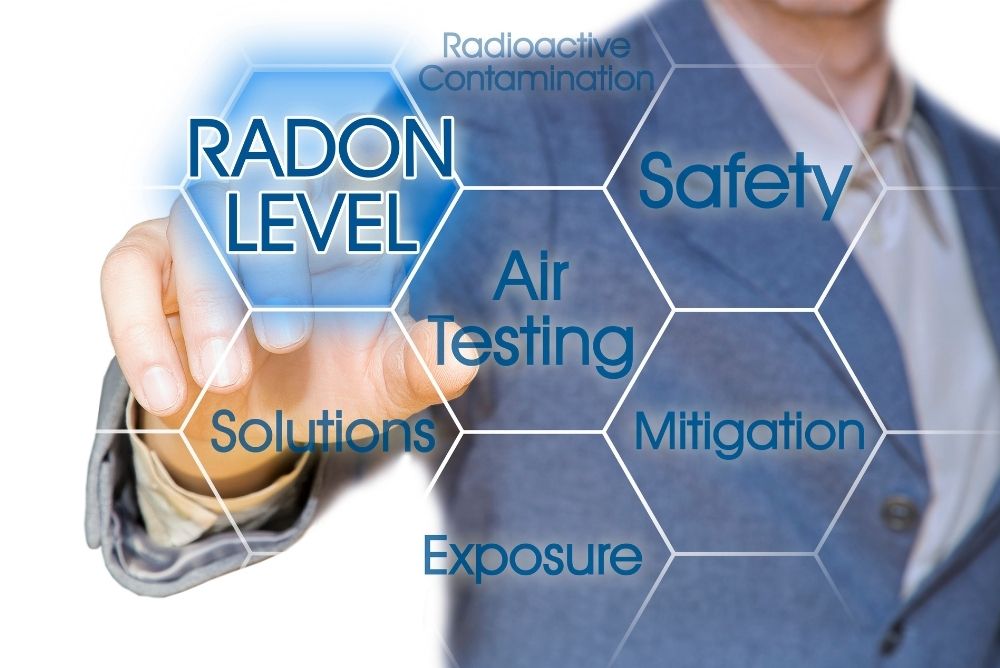Because radon gas often flies under the radar due to being completely clear and odorless, measuring levels at least every two years is critical. However, the test results mean nothing if you don’t understand how to read them. Discover what radon levels are considered acceptable vs. dangerous.
What Is Radon Gas?
Radon is a radioactive gas that forms in nature when metals break down in the soil, water, and rocks. Because it naturally comes from the earth, exposure is always a risk. However, the real danger is when it’s in high concentrations inside your home.
Radon is one of the leading causes of lung cancer, right next to smoking cigarettes. While it may take several years to develop after exposure, radon is one of the most significant contributors to deaths from lung cancer in the US.
Safe Radon Levels
It’s ideal to have no radon present at all. However, that’s not possible. Even outdoors, levels typically range from 0.1 to 0.4 pCi/L (picocuries per liter). Although minor exposure is inevitable, you can protect your home by monitoring for high concentrations.
Because the gas is colorless and odorless, you can only be sure of your home’s levels by monitoring or testing. Any level that’s 2.7 pCI/L and lower is safe, and you don’t need to do anything. Measurements between 2.7 and 4 pCi/L are still okay, but you should be vigilant about keeping an eye on them. According to the Environmental Protection Agency, levels higher than 4 pCi/L are dangerous. Therefore you need to take action if yours stays elevated at this measurement for more than a month.
Take Action
Understanding what radon levels are considered acceptable vs. dangerous is crucial for deciding when to act. Some easy ways to reduce radon levels are to increase ventilation in your home or install a radon mitigation system.
Additionally, hiring a professional company specializing in radon mitigation services in Bailey, CO, is a good option if you feel unequipped to handle the situation independently.
While radon is a real threat to you and your family, there’s no reason to worry too much about it. Regular monitoring or testing is the best way to keep your mind at ease.


Recent Comments